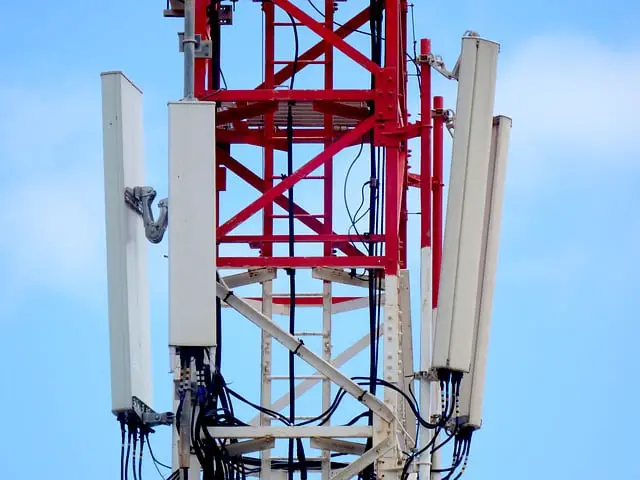The health effects of 5G radiation are still being debated, but one study has suggested a link between RF radiation and the development of cancers in male rats. The study was classified up until it was declassified at the end of 2012 by Central Intelligence Agency, but it demonstrates that radiofrequency could trigger cancerous growth in animal, including humans. Researchers were exposed to male rodents for 15 days , and discovered that they developed same kinds of cancers that humans do.
The health effects of 5G radiation
Although the rapid growth of wireless communications is causing the development of 5G systems There are increasing concerns about the health impacts of the radiation from 5G. Although higher frequencies do not penetrate the body as deeply as the older technology, researchers have raised concerns about possible effects on the system and are calling for more research. To ensure that the population is protected, the European Commission is requesting independent studies to determine if the technology could pose any health hazards.
It is important to note that there's a large amount of misunderstanding about the health effects of 5G, and it is essential to clear any doubts that remain. While the technology is not yet widespread but there are a lot of people who are being told it might cause health problems mostly via social media where sexy language is used.
Beamforming technique

Beamforming is one of the most vital technologies in five-G networks. It is a technique that uses multiple radiating elements to create narrow beams. The purpose in beamforming is minimize the amount of unwanted radiation that is in the signal that results. 5g radiation is commonly used for wireless communication systems, and is essential for the 5G's cost-effective coverage.
This technique is based on electronically weighing the signals of each antenna. This produces an extremely smaller beam of radiation which increases cell coverage indoors and near cell edges. This technique is vital since poor coverage could cause low user satisfaction. Along with improving the signal, beamforming helps reduce the amount of interference that a user encounters from other devices.
Power density
The power density of 5G electromagnetic radiation coming from cellphone towers is similar to that of previous generations of 3G and 4G systems. A reason that lower density lies in the electrical components' sensitivity. The maximum radiation output of a 2G phone was approximate 2 Watts. The output of the 4G model was around 200 milliwatts.
The power density measures how much electromagnetic energy can be absorbed into the body from a specific distance. 5g radiation symptoms in radiation 5g is typically expressed in Watts per square metres. Unlike the SAR measurement it is an actual measurement of the amount of electromagnetic energy that can be found in the space. The power density limits can be different for mobile devices and wearables depending on their operating frequency and distance.
Specific absorption
The Specific Absorption Rate (SAR) is an measurement that determines the speed at which a certain frequency depositions power in human tissues. In general, the SAR number should not exceed two Watts per kilogram of body mass. The SAR value is calculated by the electrical field in tissues as well as the mass density, which is measured in kilograms per cubic meter. It was recently used to determine the antenna design.
The latest radio technology which comprise 5G operate at frequencies that are lower than 6 GHz. These frequencies are known in millimeter waves. However the FCC's SAR compliance test only applies to frequencies up to 6 GHz. Furthermore to this, the SAR test requires that measurements be performed with phantoms made of tissue simulating media.
Skin health and its effects
At present, we are not aware of the health impacts of 5G radiation on the skin. Our knowledge of the subject is inadequate because of the absence of experiments in vivo and theoretic models. However, there is an urgent need for more studies of the impacts of 5G radio frequency radiation on human skin. The use of 5G radio frequencies could cause skin damage, especially to the epidermis, which is one of the most sensitive parts.
Unlike 4G, 5G radiation has a high frequency that has been found to cause heat to human tissues. Human body is dipolar, and the higher frequency of radio waves from 5G could cause heat in the skin. https://checkcellar86.bravejournal.net/post/2023/03/31/5G-Radiation-and-Pores-and-skin-Cancer to radio frequencies of 5G could be detrimental to other organs of the body, such as the brain.
